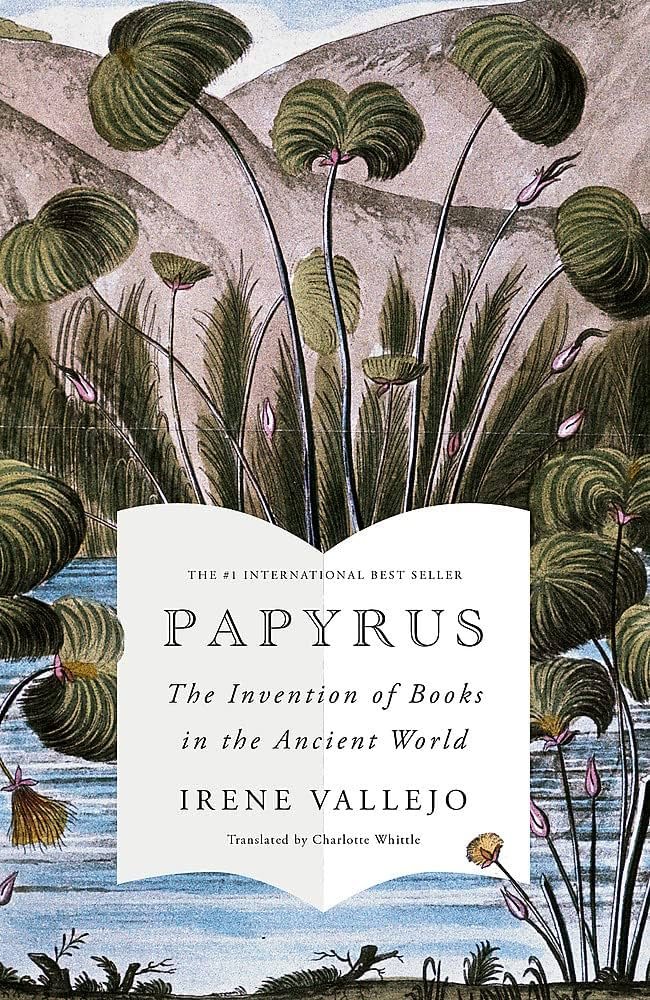It's a solace knowing that my propensity for acquiring vast shelves of books isn't an oddball impulse because book hoarding and the cultivation of large private libraries has been around since the first book was created. Vallejo has composed an ambitious and fascinating history of physical books from scrolls initially created using papyrus plants in ancient Egypt to the development of digital books. The story follows not only evolution of books as objects but the way they've been an integral part of building our culture and civilisation over the centuries. It emphasizes how fragile books are as objects being prone to deterioration, loss and purposeful destruction. While the author mourns the loss of certain texts and writing which now only exists in fragments, she also celebrates the miraculous way certain key books have survived over the centuries.
I found it especially fascinating that creating essential reading lists is also a process as ancient as books themselves and such hierarchies created by dedicated readers heavily contributed to why certain books have survived the weather of time over others. She gives fascinating examples of how female authors have been de-prioritised over male authors over the centuries and she makes a compellingly strong case for why original texts shouldn't be revised to remove offensive ideas and terminology. Alongside accounts of intriguing historical figures from literate leaders to scribes to book traders to fearless librarians, Vallejo occasionally interjects the personal role books have played in her own life. I appreciated how this added an emotional undercurrent to this well-researched and knowledgeable history of my favourite object.









